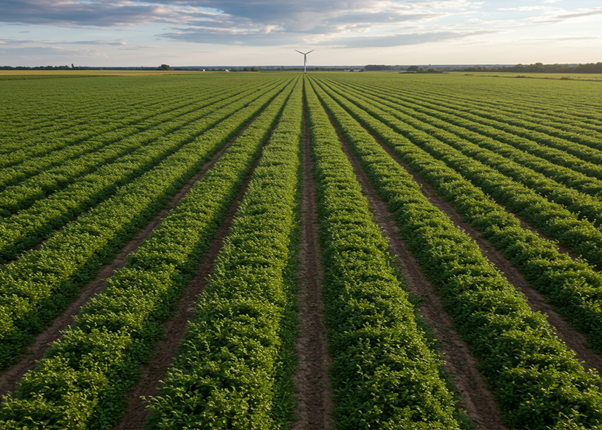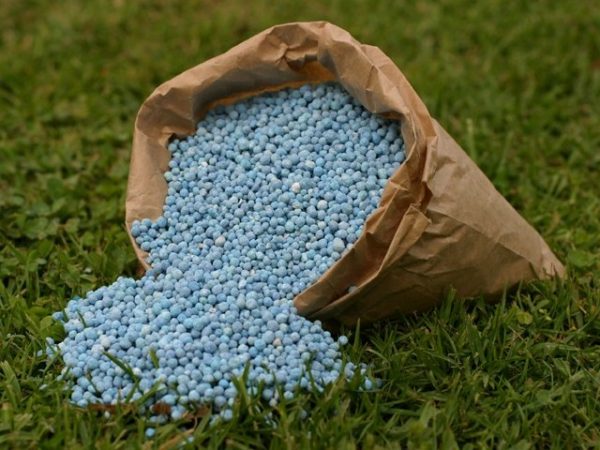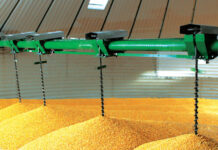According to Research Intelo, the global crop residue decomposers market size stands at USD 2.74 billion in 2024, demonstrating robust momentum with a CAGR of 7.9% from 2025 to 2033. This growth trajectory is expected to propel the market to a forecasted value of USD 5.52 billion by 2033.
Market Overview: What Are Crop Residue Decomposers?
Crop residue decomposers are microbial-based products often fungi, bacteria, or enzymes designed to rapidly degrade agricultural waste such as stalks, leaves, and husks. Traditionally burned or left to rot, this biomass is now seen as a valuable organic input when managed with the right decomposing agents.
The market for these decomposers spans several industries, including:
- Agriculture (organic and conventional)
- Agrochemical substitutes
- Soil conditioning products
- Sustainable land management practices
Drivers Fueling Market Growth
- Rising Demand for Eco-Friendly Farming Inputs
Farmers are increasingly moving away from chemical fertilizers and turning to bio-based alternatives. Crop residue decomposers offer a dual advantage they enrich soil with organic matter and reduce greenhouse gas emissions associated with residue burning.
- Government Policies Promoting Residue Management
In regions like India, the European Union, and parts of the United States, government initiatives have been launched to curb stubble burning and promote sustainable agricultural practices. Subsidies, awareness programs, and mandates are directly impacting market adoption.
- Increased Awareness of Soil Health
Soil degradation is a major concern worldwide. Crop residue decomposers help restore microbial biodiversity in the soil, enhance nutrient cycling, and improve overall soil structure, making them essential in regenerative agriculture models.
Challenges and Limitations
Despite the market’s promise, a few obstacles remain:
- Lack of Awareness Among Small Farmers – Many are unfamiliar with biological residue management options.
- Storage and Shelf-life Issues – Microbial products often require controlled conditions to maintain potency.
- Inconsistent Results – Efficacy may vary based on crop type, soil condition, and climate.
Addressing these challenges through education, innovation, and policy support will be critical for long-term market success.
Future Outlook: Where Is the Market Headed?
The crop residue decomposers market is poised for steady growth over the next decade. With increasing focus on climate-resilient agriculture, carbon sequestration, and sustainable land use, these biological inputs will likely become a cornerstone of modern farming.
Emerging Trends to Watch
- Integration with precision agriculture and IoT devices
- Customized blends tailored to specific crops and geographies
- Rise in private-public partnerships to promote adoption
- Expansion into urban and peri-urban farming systems
Key Players in the Market
While the industry is still evolving, several companies are positioning themselves as market leaders by offering innovative microbial and enzyme-based solutions. Notable players include:
- Biostadt India Ltd.
- T. Stanes & Company Limited
- Agri Life
- Symborg
- Novozymes
- Indogulf BioAg LLC
These players are investing in R&D to improve strain efficiency, compatibility with fertilizers, and ease of use.
Source: https://researchintelo.com/report/crop-residue-decomposers-market









